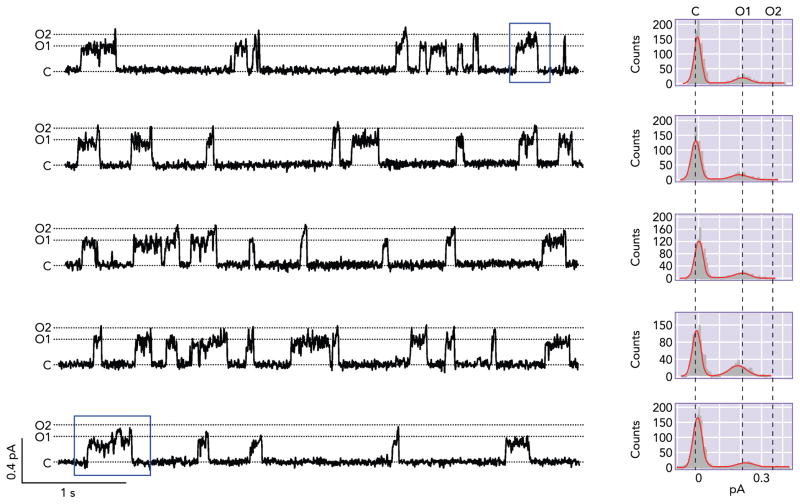FIGURE 3. Unique gating features of R352C-CFTR.
Five representative traces from patches that contain only one R352C-CFTR in the presence of 2.75 mM ATP. R352C-CFTR shows two distinct levels of open-state conductance: the smaller O1 and the larger O2. When the channel opens, it usually opens to the smaller O1 state, whereas, when the channel closes, it usually departs from the larger O2 state. Within each opening burst, there often is one O1 → O2 transition, but one rarely finds events containing the O2 → O1 transition. The blue box shows an opening event that consists of more than one O1 → O2 transition (i.e., the channel going through the “re-entry” pathway described in FIGURE 4). This figure is adapted from Ref. 47 (from the Journal of General Physiology).

